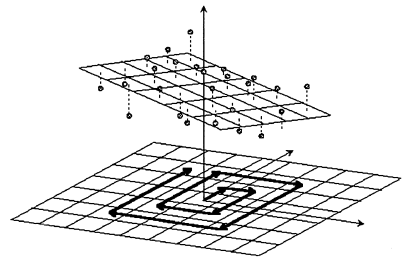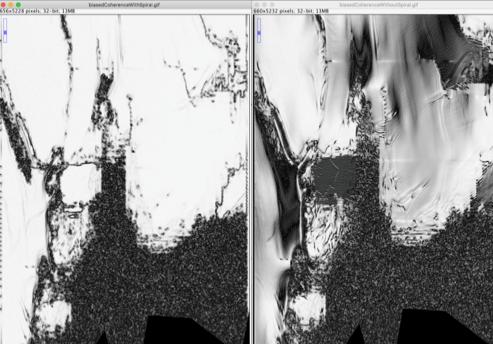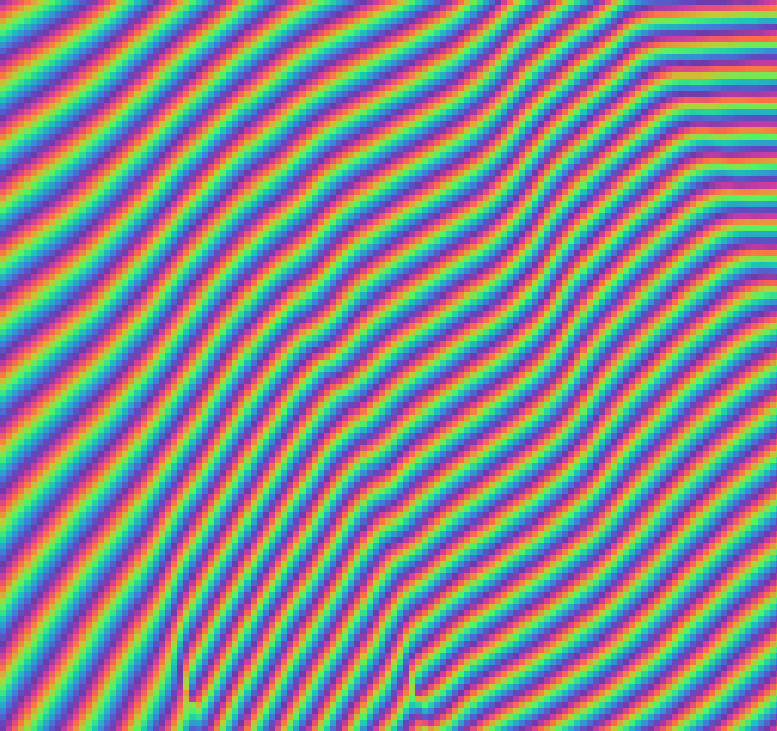Hi everyone,
It is well known that the coherence is a measure of the phase stability. It is also a way to predict phase reliability.
In high fringe rates, one issue is that even if the fringes are perfect, the fringes are decreasing the coherence, because we observe a strong variation of the phase value inside the window of computation. It is interpretated as noise but that’s just a fast moving area.
One idea to solve the problem is to locally unwrap the phase inside the window, fitting a plane to the unwrapped values and remove the plane from the original values.
In that way, we remove the influence of beautiful high fringe rate but keep the noise that is translated in the coherence value. The processed was presented in 1995 in a SPIE conference.

Just to give you an idea : left is “unbiased” coherence and right is the coherence computed with SNAP

Just to show you that it’s not “cheating”. Here’s the high fringe rate in the top right of the previous image resulting in a low coherence in the biased coherence computation. As you can see, the phase is almost perfect. Super easy to unwrap. But the coherence is low.
That kind of algorithm would be super useful in SNAP in fast moving areas. Just a suggestion.
Thanks for reading
Quentin
